
AI and Eye Scans: A Breakthrough in Fast, Accurate ADHD Diagnosis
AI and Eye Scans: A Breakthrough in Fast, Accurate ADHD Diagnosis
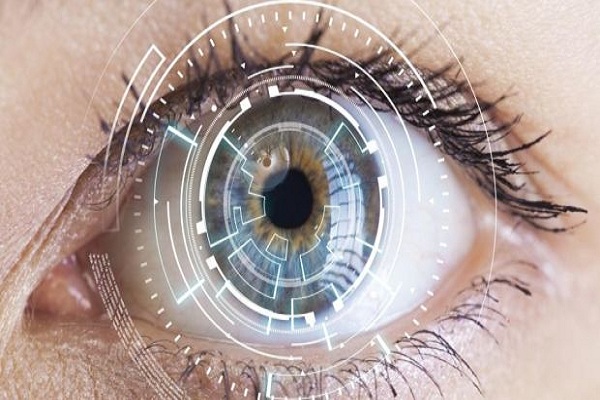
Diagnosing ADHD (Attention Deficit Hyperactivity Disorder) has long relied on behavioral assessments, questionnaires, and clinical observations. While effective, these traditional methods can be slow, subjective, and inconsistent. Now, a new AI-powered eye scan method may revolutionize how we detect ADHD—offering a faster, simpler, and highly accurate alternative.
AI Detects ADHD Through Retinal Eye Scans with 96.9% Accuracy
In a groundbreaking study from South Korea, researchers trained artificial intelligence models to analyze retinal photographs—images from the back of the eye. The AI was able to predict ADHD with an impressive 96.9% accuracy, making it one of the most promising non-invasive diagnostic tools to date.
How Does It Work?
The AI model focuses on biomarkers in the eye, including:
-
Blood vessel density
-
Shape of retinal structures
-
Changes in the optic disc
These subtle features, invisible to the untrained eye, were found to correlate with ADHD, especially its effects on visual attention and focus.
Study Details
-
Participants: 323 children and adolescents diagnosed with ADHD, and 323 without the condition
-
Method: AI analyzed high-resolution retinal images
-
Outcome: High diagnostic accuracy, with potential for early ADHD detection
This method offers a rapid and scalable way to identify ADHD, particularly in children who may struggle with lengthy or subjective psychological evaluations.
Why This AI Approach Matters
Traditional ADHD diagnosis involves behavioral checklists, teacher/parent reports, and clinical interviews—tools that are often time-consuming and vary between practitioners. In contrast, AI analysis of retinal images provides:
-
✅ Non-invasive screening
-
✅ Objective, data-driven results
-
✅ Quick turnaround time
-
✅ Scalability in clinical and school settings
This innovation could allow for earlier intervention, especially in underserved or resource-limited communities.
What’s Next for AI in ADHD Diagnosis?
While the results are promising, researchers emphasize the need for larger and more diverse clinical trials. Future studies will test the technology on:
-
Adults with ADHD
-
Individuals with co-occurring conditions, such as autism spectrum disorder (ASD)
-
Culturally and ethnically diverse populations
Scaling this method across broader demographics will help determine how well the AI performs in real-world healthcare settings.
ADHD: A Common but Underdiagnosed Condition
ADHD affects roughly 1 in 20 people worldwide, causing challenges with:
-
Attention and focus
-
Impulse control
-
Hyperactivity
Early diagnosis is critical to effective treatment, which may include behavioral therapy, medication, and support in school or work environments.
Final Thoughts: A New Era in ADHD Diagnosis?
AI-powered eye scans may soon offer a faster, more accurate way to diagnose ADHD, reducing delays in treatment and improving outcomes for millions. As research expands, this cutting-edge technology could become a game-changer for mental health diagnostics.
News in the same category


White Clover (Trifolium repens): 15 Benefits and Homemade Uses
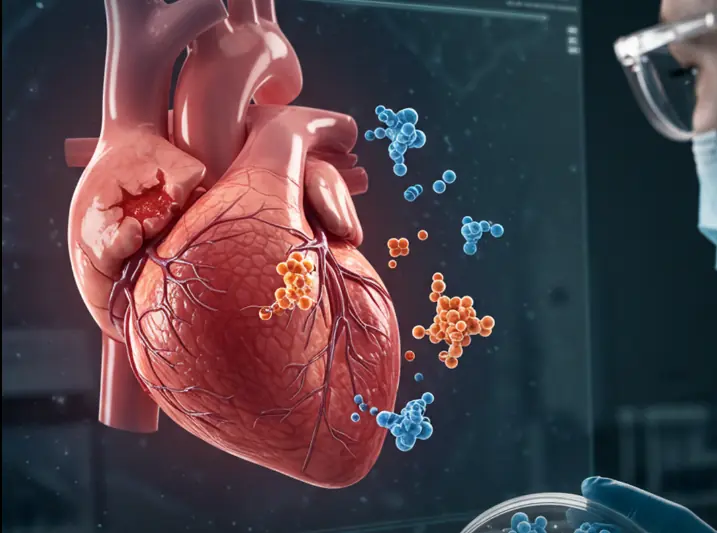
Breakthrough Protein Combo Could Heal Heart Damage and Regenerate Organs

Head Injuries May Reactivate Dormant Viruses and Trigger Alzheimer’s-Like Brain Damage

How Blood Production Changes After 70: New Research Reveals a Surprising Shift

What Is Acid Reflux? Causes, Symptoms, and How to Prevent GERD
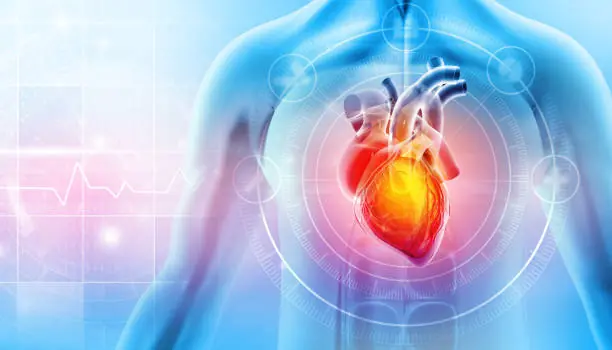
Early Signs of Heart Disease: What Chest Pain, Shortness of Breath, and Swollen Legs Could Mean
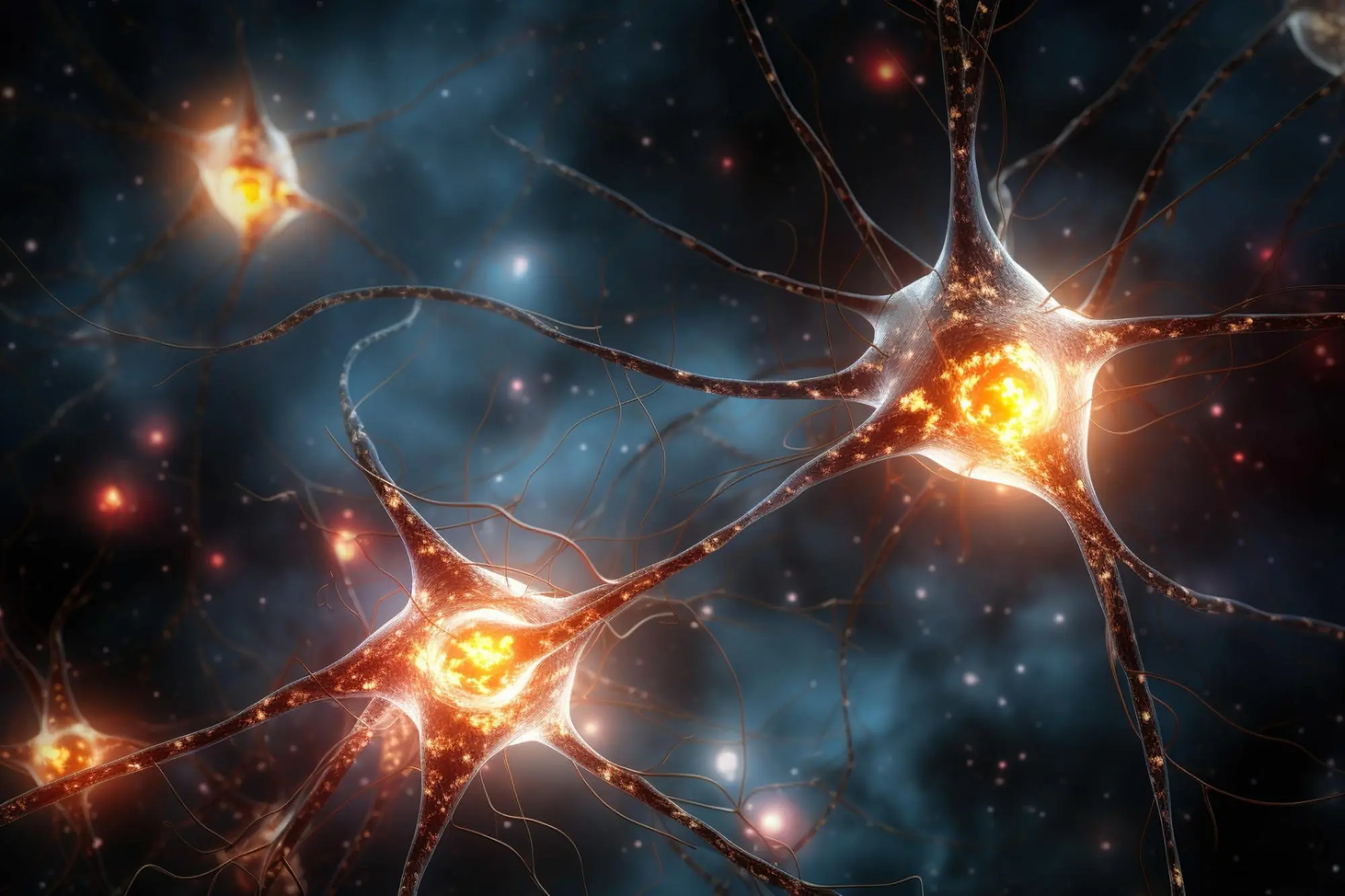
Groundbreaking Nanoparticle Technology Reverses Parkinson’s Disease in Stunning Study

This Psychedelic Root from Brazil May Be Able to Treat Depression

Researchers Reveal How Long It Takes To Grow Muscle When Lifting Weights

Waking Up After 6 Hours of Sleep? Here's Why—and Whether It’s Enough
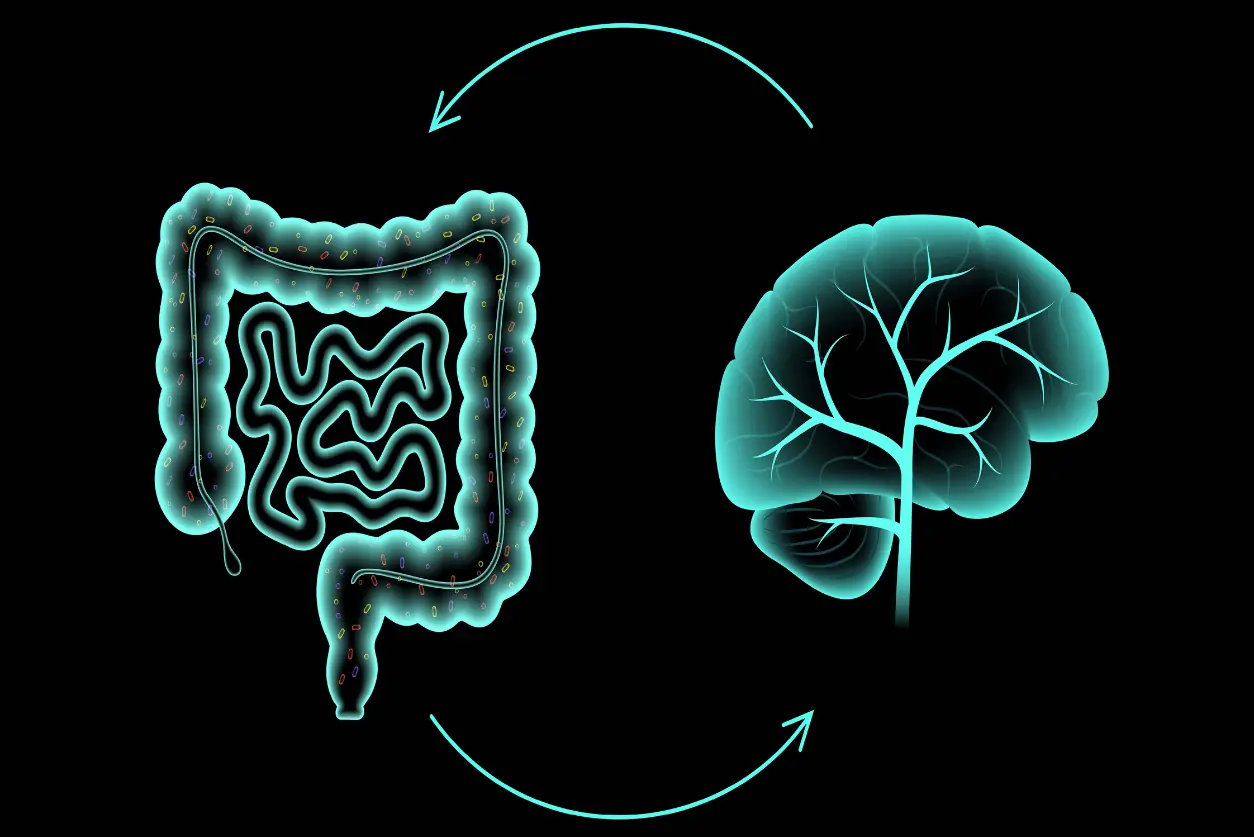
How Your Gut Bacteria Influence Your Mood, Thoughts, and Mental Health

The Hidden Cost of Anger: How One Minute of Rage Can Weaken Your Immune System for Hours

7 Benefits of Papaya Seeds & How to Consume Them Correctly

Cinnamon Tea: A Timeless Beverage for Health and Wellness
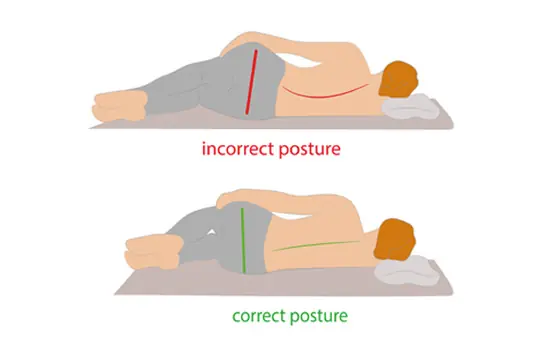
How Sleeping on Your Left Side Can Boost Your Health, According to Science

Sleeping Naked: Surprising Health Benefits Backed by Science

Red Dots on Your Skin? Why You Shouldn’t Ignore These Early Signs of Scabies

10 Best Foods To Support Digestive and Gut Health
News Post

🧄🌿 Natural Remedy for Leg Pain, Rheumatism, Varicose Veins & Arthritis with Cloves and Garlic

Modern House Fires Burn Faster: Why You May Have Only 3 Minutes to Escape

White Clover (Trifolium repens): 15 Benefits and Homemade Uses

A Mom of 7 Demanded My Deaf Grandpa Get Out of the Elevator—So I Brought Her Back to Reality

Could the Sahara Desert Power the Entire World with Solar Energy?

Breakthrough Protein Combo Could Heal Heart Damage and Regenerate Organs

Head Injuries May Reactivate Dormant Viruses and Trigger Alzheimer’s-Like Brain Damage

How Blood Production Changes After 70: New Research Reveals a Surprising Shift

My Ex-husband Got Our House, Car and All Our Money After Divorce – I Laughed Because That Was Exactly What I Planned

My Husband Cheated on Me With Secretary, Then Karma Crushed Him Back

My Husband Didn't Meet Me at the Hospital Discharge with Our Newborn – When I Found Out His Reason, I Went Pale

Mom of Quintuplets Can’t Pay For Groceries, Voice behind Says, ‘Your Bill Is Already Covered’

Drunk Bees? How Fermented Nectar Affects Honeybees in Australia
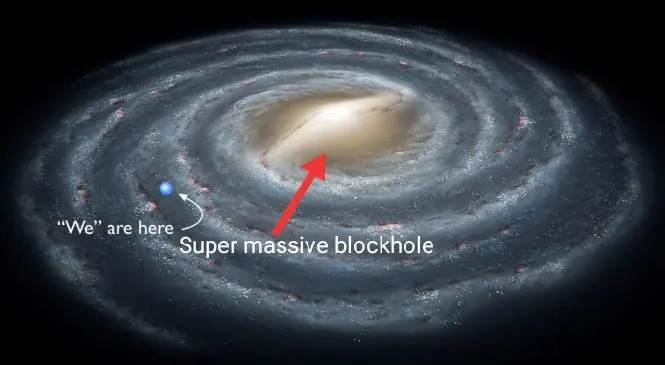
How Small Earth Is in the Universe—And Why That Should Inspire Us

What Is Acid Reflux? Causes, Symptoms, and How to Prevent GERD

Early Signs of Heart Disease: What Chest Pain, Shortness of Breath, and Swollen Legs Could Mean

Groundbreaking Nanoparticle Technology Reverses Parkinson’s Disease in Stunning Study

This Psychedelic Root from Brazil May Be Able to Treat Depression
